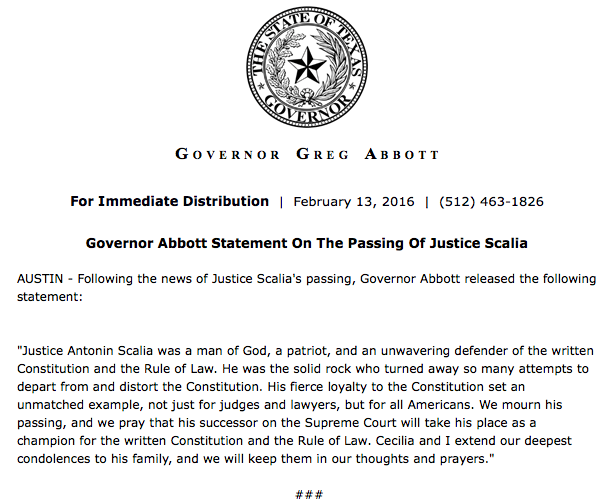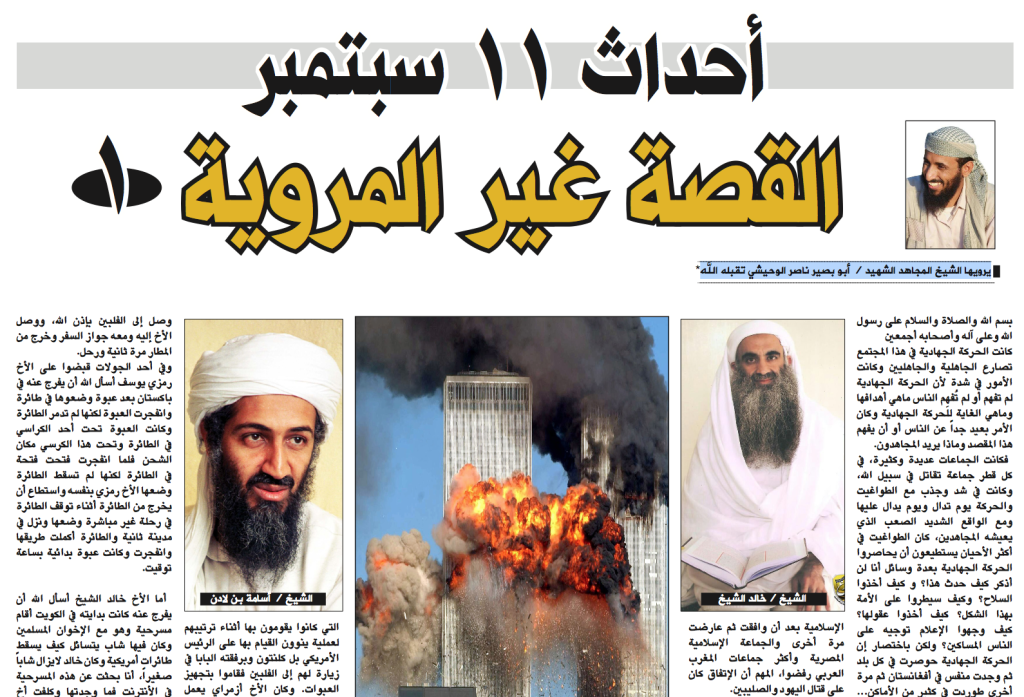When you lend somebody money, they usually have to pay you for the privilege.
NYT’s: That has been a bedrock assumption across centuries of financial history. But it is an assumption that is increasingly being tossed aside by some of the world’s central banks and bond markets.
A decade ago, negative interest rates were a theoretical curiosity that economists would discuss almost as a parlor game. Two years ago, it began showing up as an unconventional step that a few small countries considered. Now, it is the stated policy of some of the most powerful global central banks, including the European Central Bank and the Bank of Japan.
On Thursday, Sweden’s central bank lowered its bank lending rate to a negative 0.5 percent from a negative 0.35 percent, and said it could cut further still; European bank stocks were hammered partly because investors feared what negative rates could do to bank profits. The Federal Reserve chairwoman, Janet Yellen, acknowledged in congressional testimony Wednesday and Thursday that the American central bank was taking a look at the strategy, though she emphasized no such move was envisioned.
But as negative rates — in which depositors pay to hold money in bank accounts — become a more common fixture, there are many unknowns about what these policies mean for finance, for the economy and even for the definition of money.
These are some of the key questions, and, where we have them, the answers.

So how do negative interest rates work?
It depends. In the cases of interest rate targets set by central banks like the E.C.B. and Swedish Riksbank, they set a negative target rate for banks, and banks in turn pass it along to their customers. The E.C.B., for example, currently has a negative 0.3 percent rate, meaning that when banks deposit money at the central bank overnight, they pay for the privilege.
Banks have different ways of passing the negative rates on to depositors, often framed as fees for keeping money in an account, which is basically negative interest rates by another name.
Bond markets reflect these negative rates, too, including for longer-term government debt. For example, if you bought a two-year Swiss government bond on Thursday, you would have needed to pay a price that resulted in a yield of negative 1.12 percent. Even 10-year Swiss bonds have a negative rate, a sign markets expect below-zero rates to persist in Switzerland for many years to come.
Generally companies that borrow money are viewed as riskier than governments, so they have to pay higher interest rates. Therefore negative-rate corporate debt is still rare. But it has happened, including with corporate bonds issued by the Swiss food giant Nestle.
But don’t people just withdraw cash rather than pay to deposit it at their bank or buy a government bond that will give them back less than they paid?
You’d think, right? This was exactly why economists had long thought that negative interest rates were impossible. It helps explain why central banks first turned to other tools, including quantitative easing, when they saw a need to ease monetary policy despite interest rates that were already near zero.
But it looks as if the convenience of keeping money in a bank account is worth a small negative interest rate or fees for most consumers and businesses, at least at the only slightly negative rates currently in place. Storing and providing security for cash may be more expensive than a small bank charge.
When initial experiments in Switzerland and Sweden didn’t result in mass withdrawals from the banking system, larger central banks in need of easier money moved gingerly in the same direction. They’ll stop when either their economies start to grow or they see more concrete evidence that negative rates are doing more harm than good.
How is this supposed to help the economy?
Pretty much the same way it always is supposed to help the economy when a central bank cuts rates. Lower rates encourage business investment and consumer spending; increase the value of the stock market and other risky assets; lower the value of a country’s currency, making exporters more competitive; and create expectations of higher future inflation, which can induce people to spend now.
We have decades of experience with central banks trying to manage the economy by, for example, cutting bank rates to 2 percent from 3 percent when there is an economic downturn. The shift to negative rate policies is, hypothetically at least, the same, but with a starting point of rates already around zero.
So does it work?
It’s hard to say with any certainty yet. At a minimum, it seems to have an effect of lowering the value of a currency, which makes export industries very happy. It’s less clear whether it can help create sustained economic growth, particularly when the hard-to-calculate downsides are factored in.
What are those downsides?
The global financial system is built on an assumption of above-zero interest rates. Going below zero could cause damage to the very architecture by which money and credit zoom through the economy, and in turn inhibit growth.
Banks could cease to be viable businesses, eliminating a key way that money is channeled from savers to productive investments. Money market mutual funds, widely used in the United States, could well cease to exist. Insurance companies and pension funds could face their own major strains.
In a speech last year, Hervé Hannoun, then the deputy general manager of the Bank for International Settlements, even argued that this could “over time encourage the use of alternative virtual currencies, undermining the foundations of the financial system as we know it today.”
Is the Federal Reserve going to do this in the United States?
Janet Yellen doesn’t think so. But in two days of congressional testimony this week, she also didn’t rule it out.
For one thing, the United States economy, and particularly its labor market, looks to be in stronger shape than that of many others around the world. So the Fed expects to be in interest-rate raising mode this year (though exactly how fast is very much in question). But even if the economy does take a turn for the worse, there’s no certainty that negative rates are the path the Fed would take.
There is a question of whether that would even be legal. It’s not clear if the language of the Federal Reserve Act allows negative bank rates (J.P. Koning, a financial commentator, runs through the legal issues here). Ms. Yellen said in testimony this week that the legality of negative rates “remains a question that we still would need to investigate more thoroughly.”
She also said that “it isn’t just a question of legal authority.”
“It’s also a question of could the plumbing of the payment system in the United States handle it?” she said. “Is our institutional structure of our money markets compatible with it? We’ve not determined that.”
Financial markets do not now price in meaningful odds of negative rates in the United States. Want one modest clue that negative rates can’t be ruled out, though? In its annual stress test of major banks, the Fed asked the firms to figure out what would happen to their finances in a “severely adverse” scenario that included a sharp rise in unemployment and a rate of negative 0.5 percent rate on short-term Treasury bills — in other words, what you’d expect to see if there were a recession and the Fed cut rates well below zero.
Ms. Yellen noted that the rates on Treasury bills could go negative even in the absence of a policy shift by the Fed, as has happened a few times in the past.
So what are some of the weird things that could happen in a world in which negative rates become routine?
The policies in Europe and Japan are still relatively new and involve rates only slightly below zero. But if the policies become long-lasting, or negative rates go much lower, there are a lot of mind-bending ways it could affect routine transactions.
For example, would people start prepaying years’ worth of cable bills to avoid having money tied up in a money-losing bank account? How about property taxes? Would companies and governments put in place new policies prohibiting people from paying their bills too early?
Or consider this: Many commercial transactions now take place with some short-term credit attached — for example, a company that gets a 60-day grace period to pay bills from its suppliers. Would that flip, and suddenly suppliers would prohibit upfront payment and insist that their customers wait 60 days to pay?
Might new businesses sprout up that allow people to securely store thousands of dollars in bundles of $100 bills, or could people buy physical objects as stores of value that the banks can’t charge a negative interest rate on?
“Negative interest rates in Japan is blowing my mind,” said Jose Canseco, the provocative retired baseball player not normally known for his economic musings, on Twitter. And the truth is, he’s not the only one.



